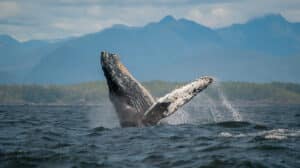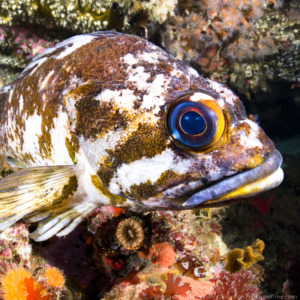Dive into the captivating world of basket stars, the ocean’s own living, breathing works of art. Basket stars, with their intricate and sprawling arms, are not just a marvel of marine biology, but also a testament to the incredible diversity of life beneath the waves. Not only are these animals incredibly fascinating, they also serve as essential members of BC’s marine ecosystem.
What is a Basket Star?
Basket Stars are a type of marine invertebrate that are found in oceans all around the world. They are related to starfish and sea urchins, but their appearance is quite different. Okay, “quite different” might be an understatement.
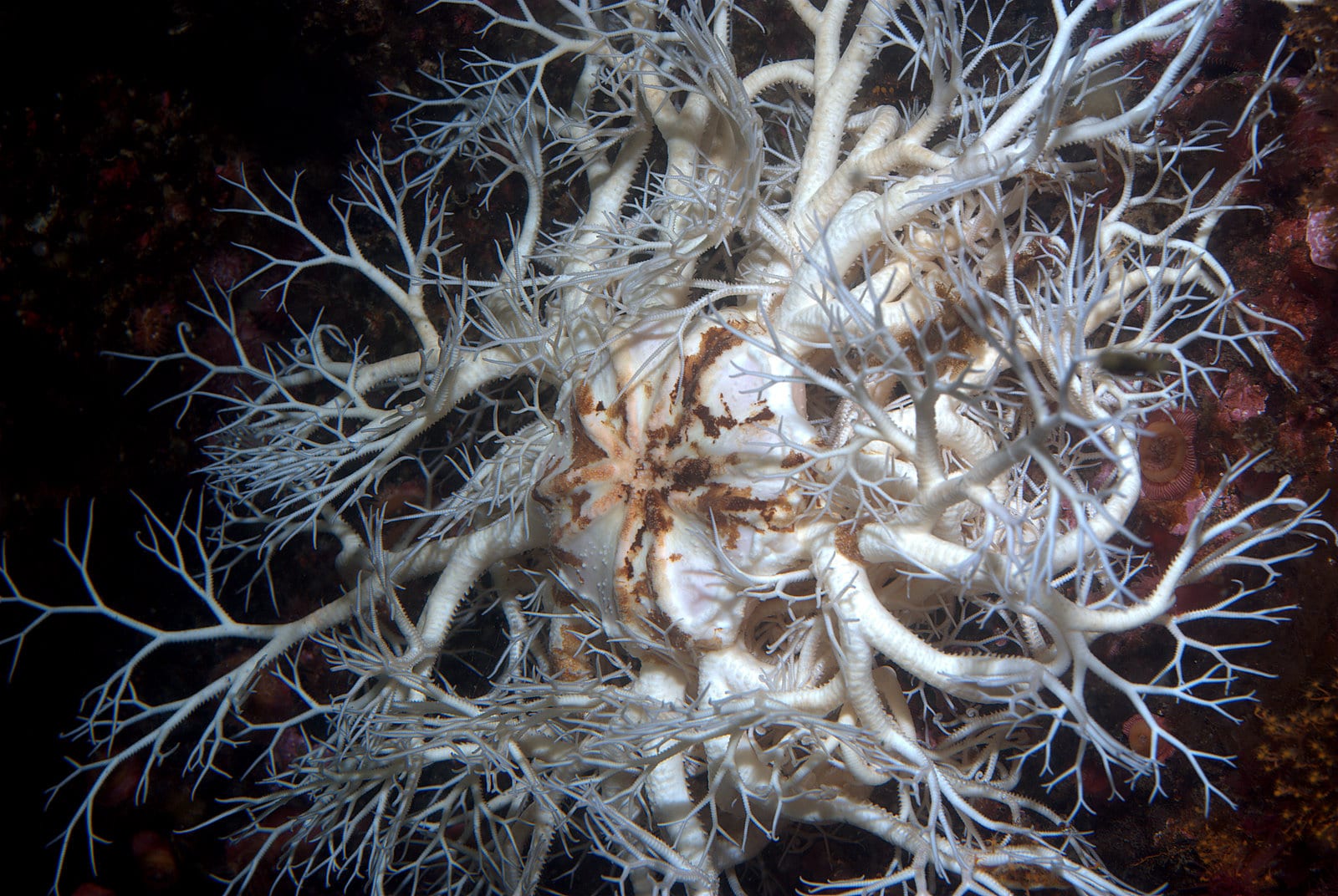
Basket Stars have slender, branching arms that extend out from a central disk, winding themselves into twisty shapes. They are also known by their scientific name, Gorgonocephalus eucnemis, which has a fascinating and very fitting etymology. Gorgós is Greek for “dreadful” and cephalus is Greek for “head”, which means that basket stars are known as “dreadful heads” in the language of science. The word gorgon, of course, is also a reference to Medusa. Who wants to launch the petition to rename basket stars as Medusa stars?
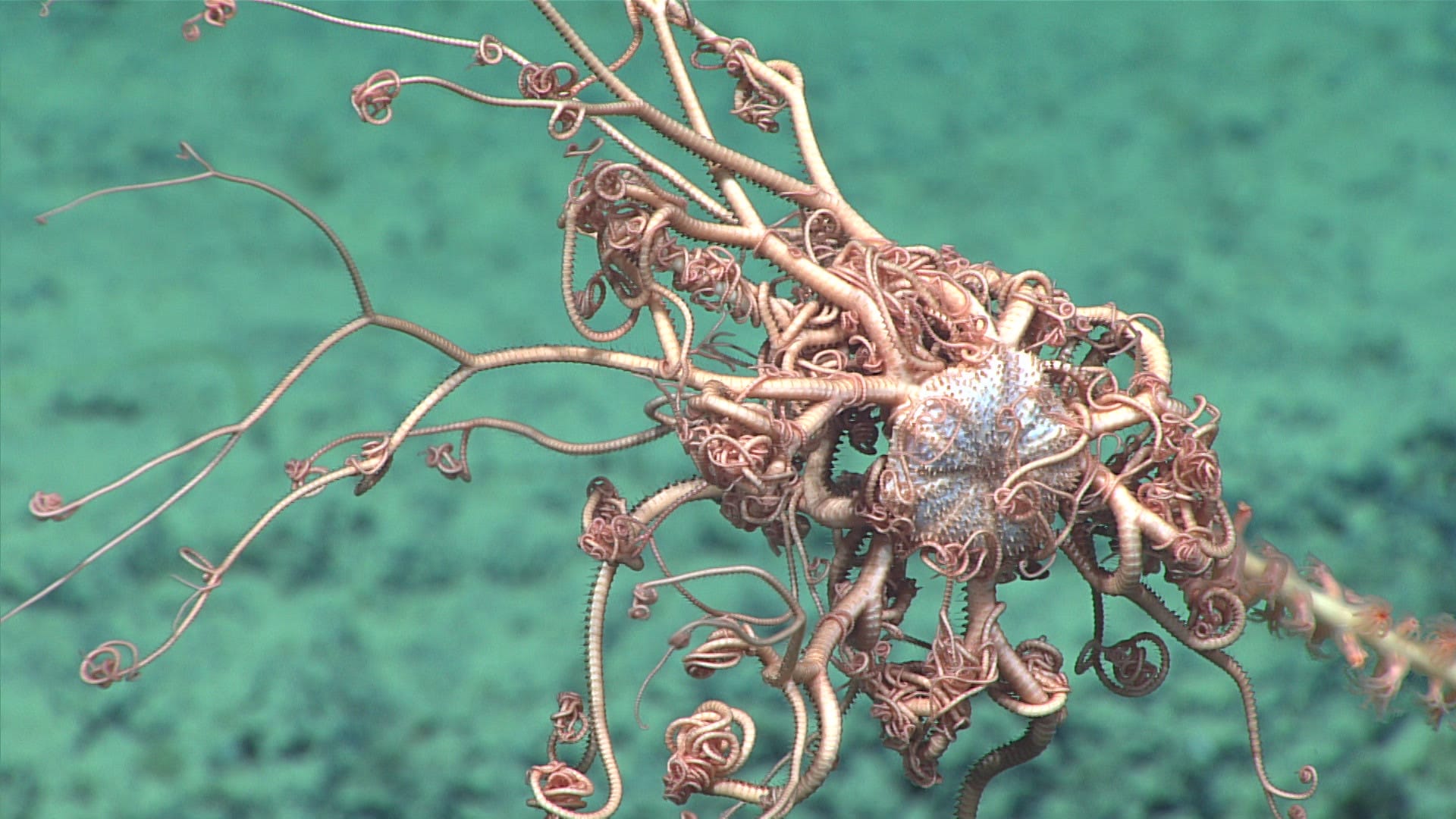
You can also think of basket stars as looking like snowflakes, if the snowflakes were from an alien planet. These arms are everything to a basket star. They are are covered in tiny, sticky hooks, and they can be unfurled by the star to catch passing prey, usually plankton. The arms then pull that prey down into the mouth of the star. The arms are also used to grip onto surfaces and pull the star around, even upwards along the length of kelp to get into better feeding positions.
Where Can Basket Stars Be Found?
Basket Stars have been found across a wide range of depths, from as shallow as eight meters to the profound depths of 1,850 meters. However, they are most commonly sighted in relatively shallower waters of up to 150 meters.
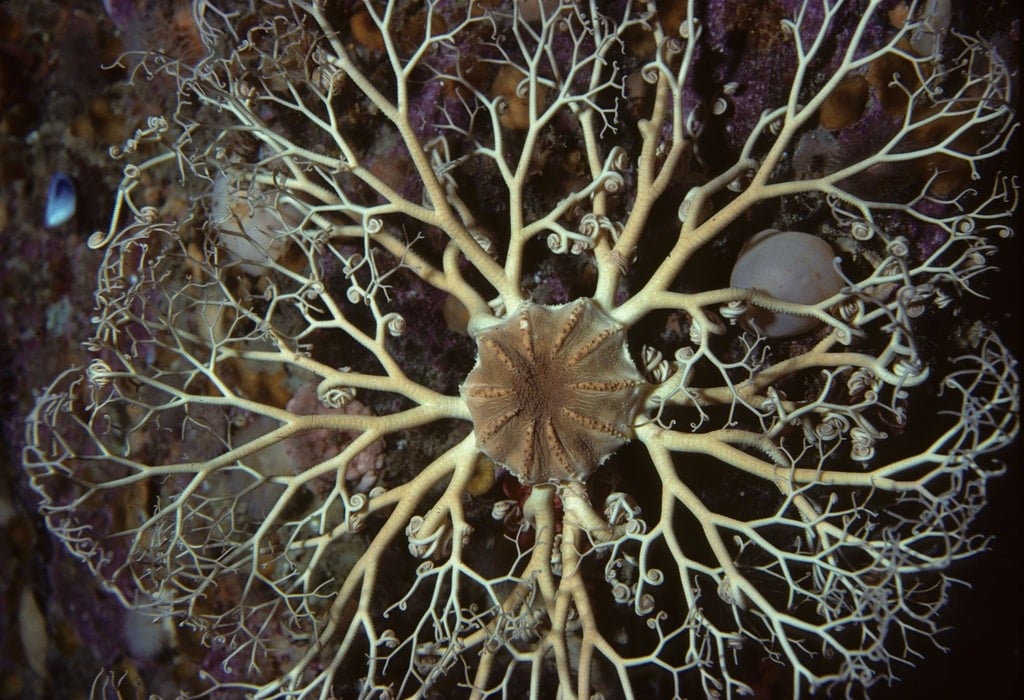
Previously, it was believed that the geographical range of these captivating creatures spanned from the Bering Sea down to San Diego. Yet, in a groundbreaking discovery in 2014, researchers, using a submersible, observed a Basket Star at Guadalupe Island, Mexico. This remarkable finding has extended our understanding of their habitat range by an impressive 400 kilometers, pushing the boundaries of what we know about these fascinating marine organisms.
What Threats are Basket Stars Facing?
Unfortunately, basket stars face several threats in the modern world. One of the main threats is habitat destruction caused by pollution, overfishing, deep-sea mining, and other human activities. This destruction results in a loss of food and shelter for these animals, which can lead to their decline.
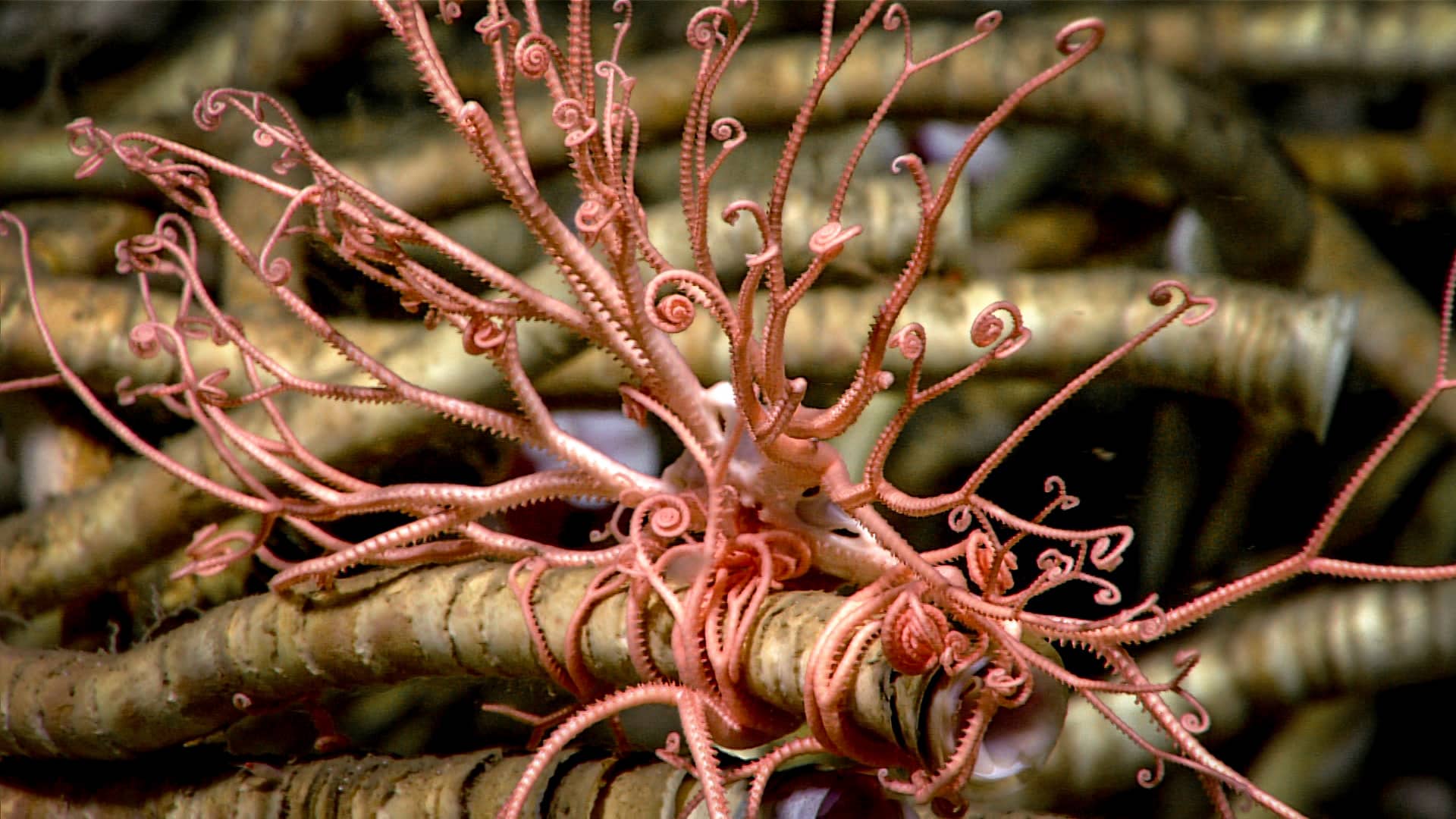
Conservation efforts are critical to protect these fascinating animals. By raising awareness and taking action against these threats, we can help preserve the incredible biodiversity of our marine ecosystems for generations to come.
How to Protect Marine Life
The impact of Marine Protected Areas (MPAs) on marine life, including basket stars, is a topic of growing interest and research. While specific studies focusing exclusively on basket stars within MPAs are limited, the general effects of MPAs on marine ecosystems provide useful insights.
Marine Protected Areas are established to safeguard marine biodiversity from various threats, including overfishing and habitat destruction. They can be particularly beneficial for protecting deep-sea ecosystems, where species like basket stars often reside. Deep-sea fishing, for example, has been shown to cause significant harm to these ecosystems, both through physical damage from fishing methods and overexploitation. MPAs, by restricting certain activities like deep-sea trawling, help to mitigate these impacts.
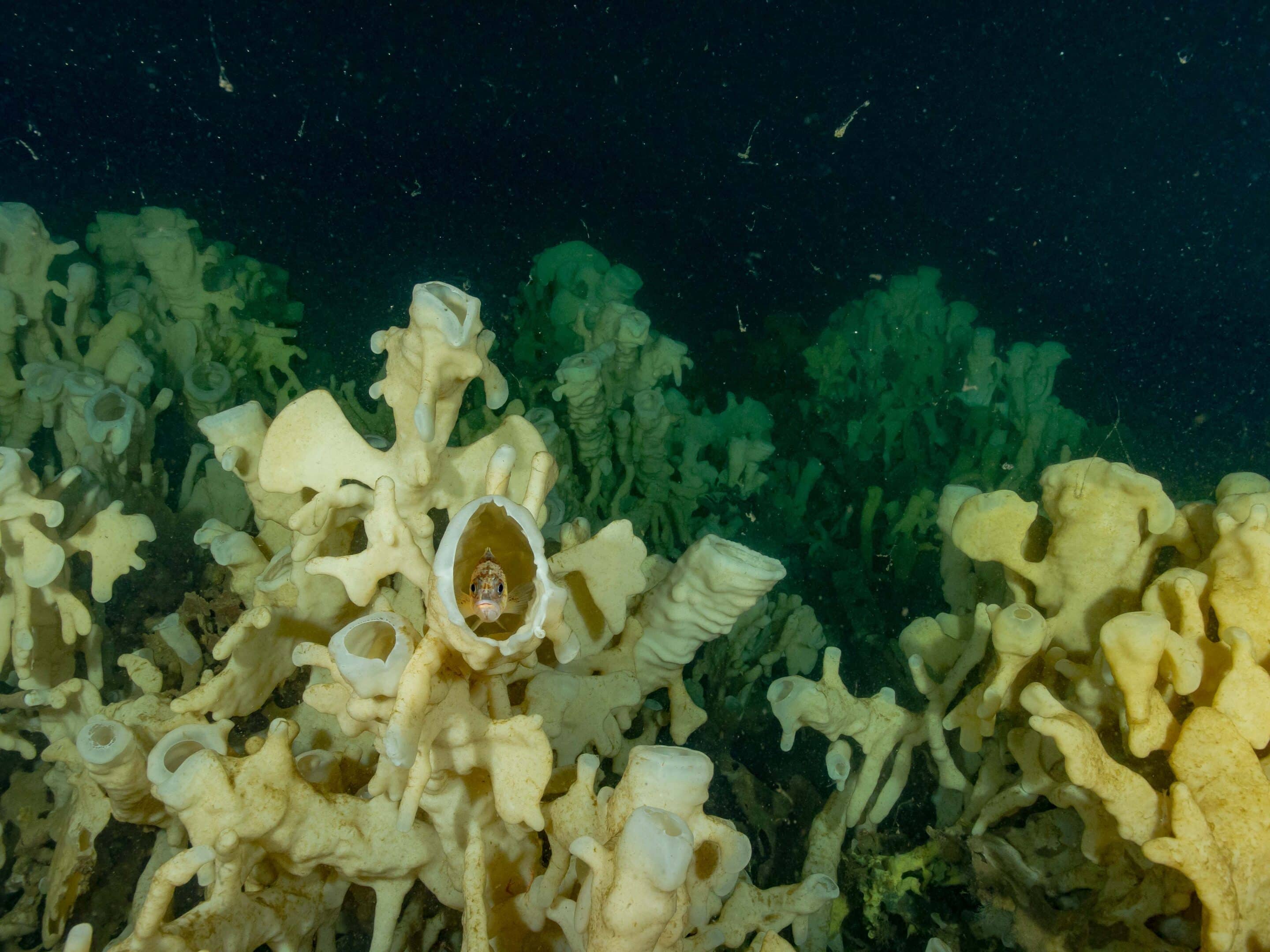
A consistent finding across various studies is that marine protected areas lead to increases in the population densities, biomass, diversity, and size of marine organisms. For instance, research has shown that fish biomass inside protected areas can be significantly higher than in similar unprotected areas. This indicates that marine protected areas are effective in enhancing the abundance and health of marine life.
Conclusion
The Basket Star is a truly unique and fascinating creature that continues to capture the attention of scientists and marine enthusiasts alike. The next time you’re exploring the ocean, keep an eye out for these incredible Basket Stars and do share some of your photos and findings with Strong Coast!


